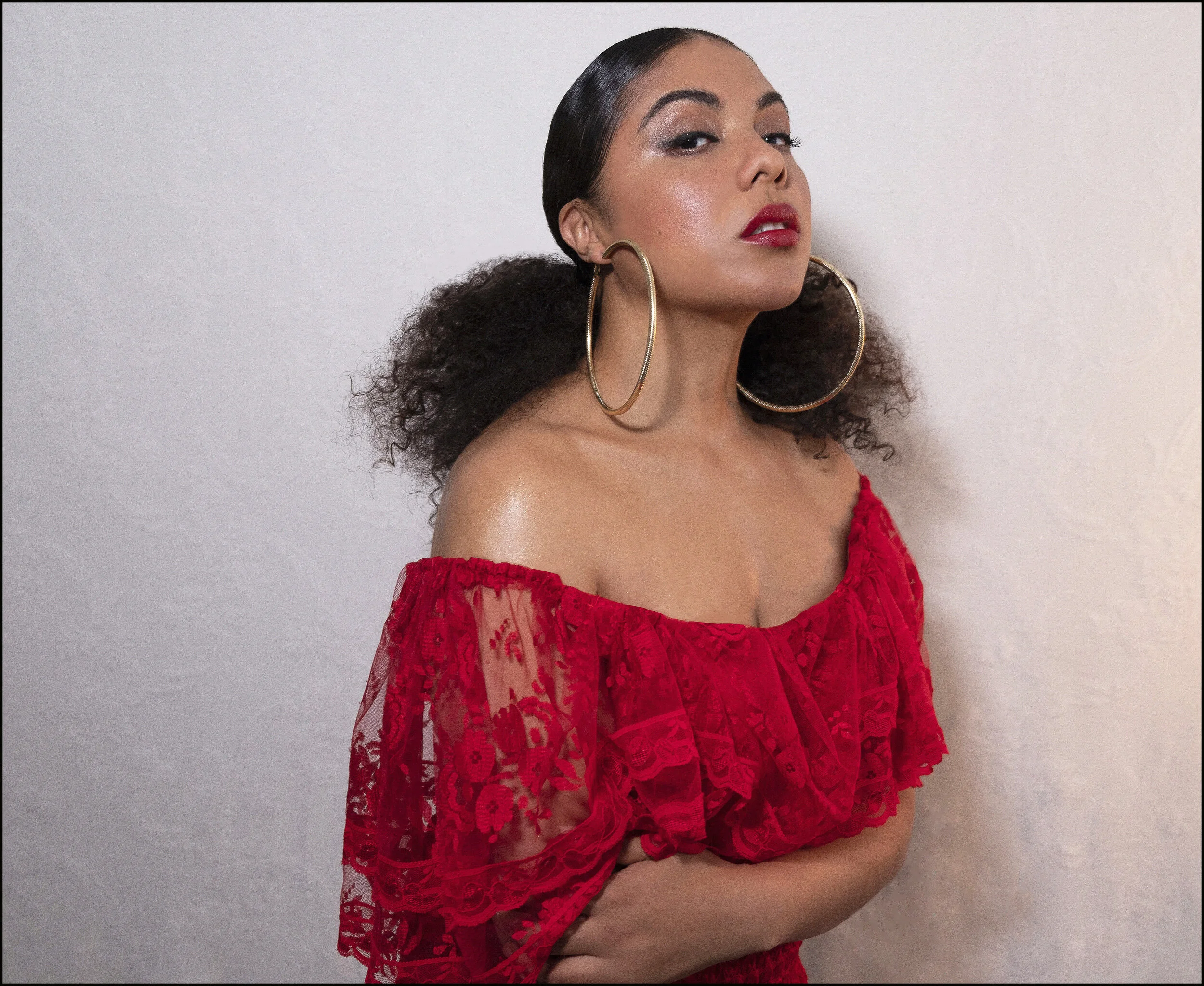Conversation with Mapei
Mapei on re-centering herself, her sophomore album, and Swedish magic.
Mapei’s newest album, Sensory Overload, released on November 8th.
After 5 years, Mapei is ready to put her new music out there. In 2013, Mapei garnered worldwide attention with the release of her single “Don’t Wait.” After her debut album, Hey Hey, was released the following year, the artist has kept a relatively low-profile. These past years, Mapei has taken time to re-center herself and develop her art. We chatted with Mapei about what’s changed for her in the past few years and about her new project, Sensory Overload.
The following interview has been edited for clarity and length.
Hi Mapei! You’ve been taking intermittent breaks over the last few years. Has there been any reason for this?
The reason is right in the name of my new project: Sensory Overload. Between touring and recording, it’s been a little crazy, so I’ve had to take a break.
But, I think I’ve learned how to be a better artist recently, and, I’m still learning of course, but I feel ready now.
In 2019, I think a huge trend in music has been discovering personal and ethnic identity. Has this informed your music at all?
I know that there is so much racism in the world, but I’m trying to look past that.
So many people are focused on race, but I don’t think that should be the focus. It feels so primal and tribal to me.
Like I say in [my single] “Sensory Overload,”
“If my ethnicity is in the category / Then believe me I don't want to be identified.”
How did the new album come about?
Sensory Overload was developed as a visual album. Over the last 3 months, we have been making a bunch of visual projects.
When I record a song, I always can see the visuals. Even this newest album, I wrote each video in about 20 minutes.
And then we had to put it all together. We are an all-female crew, with a bunch of minorities, and it’s all out-of-pocket. So, it’s been crazy.
My mother just passed, so this project has been a way for me to keep from being depressed. I’ve been immersing myself.
As someone who has lived all over, Providence, Brooklyn, Chinatown, and now Stockholm, how have these experiences shaped your identity?
Well, honestly, I just stick to my roots. I’m from the hood. I always have been. I was going to protests with my dad when I was 14. [laughs]
I remember seeing Lauryn Hill, what she was wearing, like a wrap with blue jeans or whatever, and people were like what is she doing.
I always thought if Lauryn Hill can do it, why can’t I? But I’ve always been someone who’s dressed differently from everyone I’ve been around. At some point, it’s all just trends. I mean, sure, anyone can try and dress like, I don’t know, someone from the Upper East Side of something.
Has living in Sweden felt removed from American culture?
In Sweden, some people don’t really even know what to call Black people. [laughs]. But I am so enamored with the scene here. You have all these artists coming up finding their own style.
It’s not like the music in the US, they have different ways of making their own music.
What would you say the key differences between New York and Sweden have been for you?
Where I’m from, Providence, it’s still a city, you know? Sweden has this magic. I don’t know, I can’t explain it.
I feel like the second I got here, I changed as a person. Here, it’s so peaceful.

